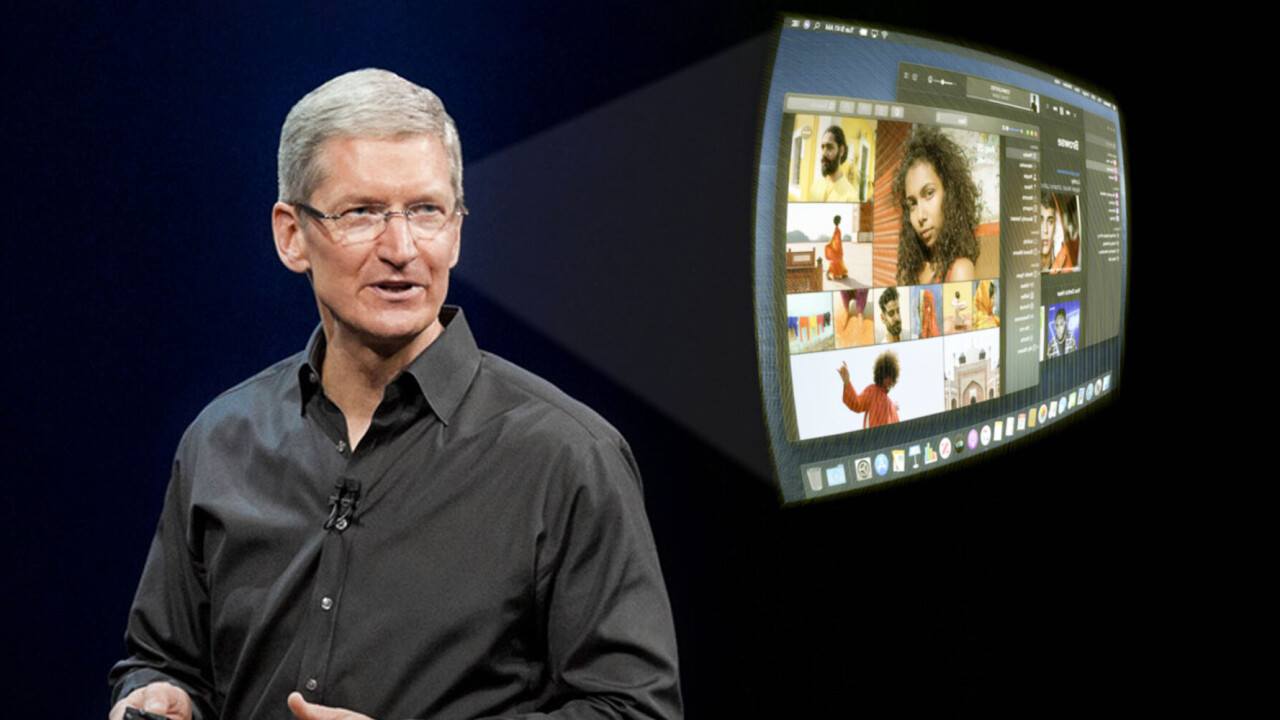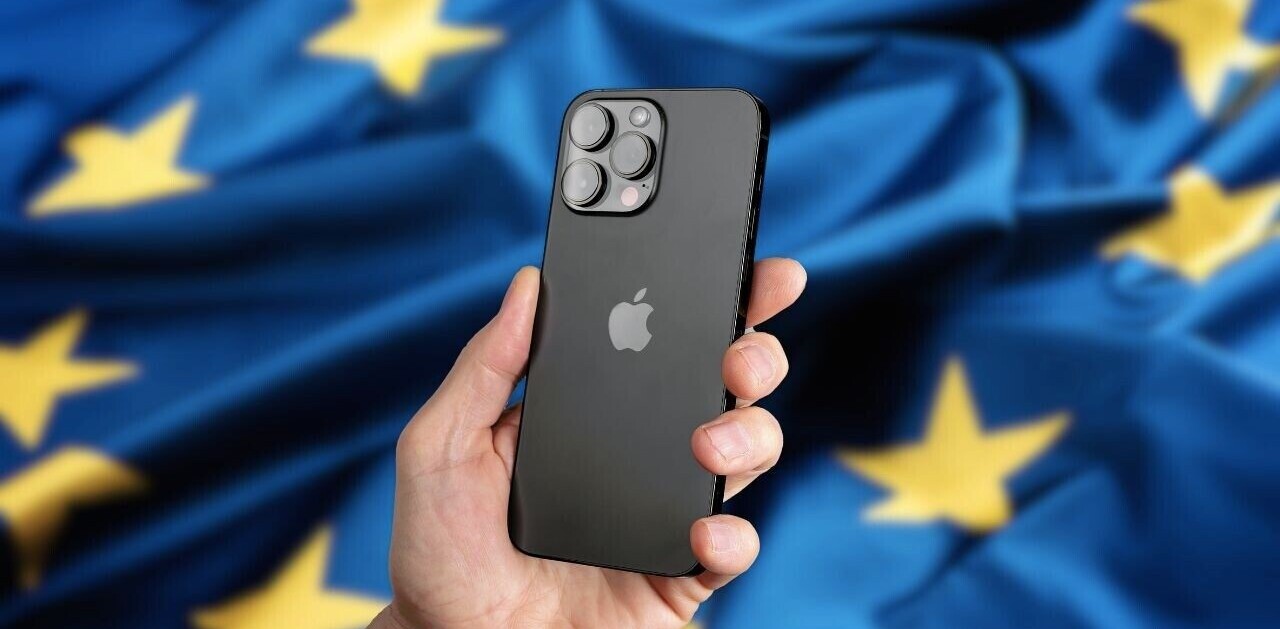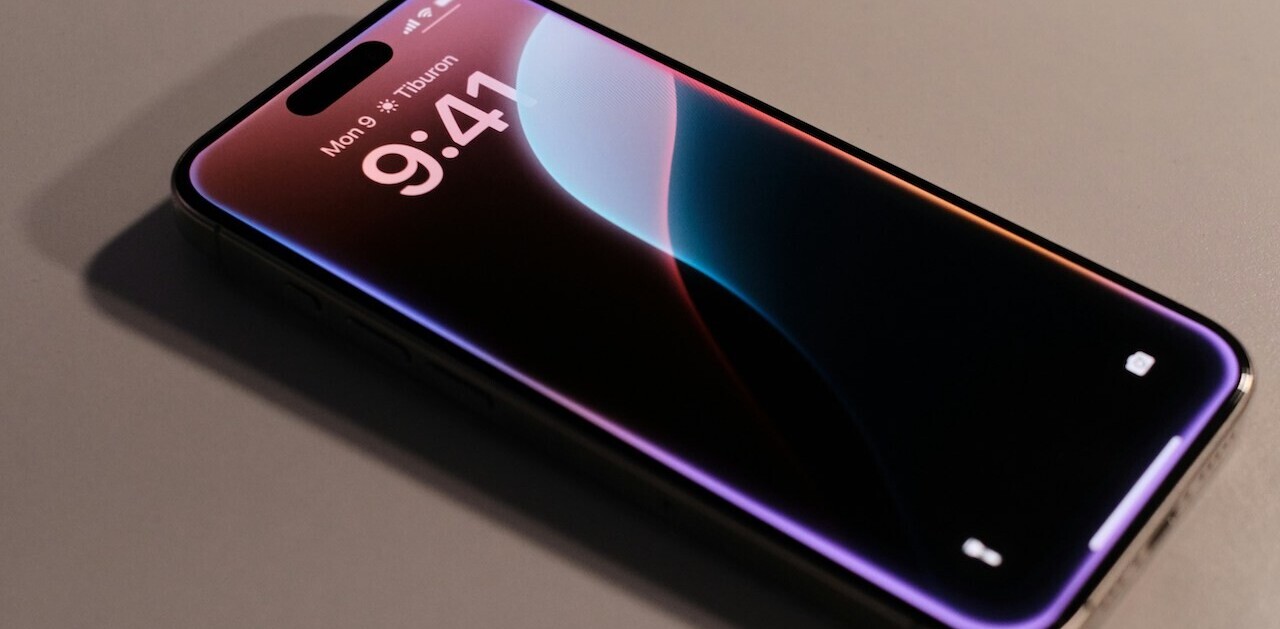
We’ve been hearing rumors that Apple is working on some kind of a mixed-reality headset for years, but a new report by The Information (paywall) appears to offer the clearest picture of the company’s plans yet. You can click the link above for the full report, but here are the key takeaways from it, along with some useful context.
It’s essentially a fancy VR headset, not a pair of AR glasses as has long been rumored (yet)
Corroborating a report by Bloomberg last month, The Information’s leak claims Apple’s first stab at a mixed reality headset will be of opaque, VR kind. In other words, more akin to a fancy Oculus headset than something translucent like Microsoft’s Hololens. As earlier revealed by Bloomberg’s report, the device appears to be codenamed N301.
[Read: How much does it cost to buy, own, and run an EV? It’s not as much as you think]
Although the device in some way resembles current VR headsets, the Information says Apple employees are calling it a ‘mixed-reality’ headset — the same term Microsoft uses for HoloLens. This may be because combining the headset’s display with real-life interactions appears to be a key part of the company’s plans. The headset will feature “more than a dozen cameras for tracking hand movements and showing video of the real world.” To ensure that video is convincingly realistic, the headset will offer 8K displays and advanced eye-tracking technology.
While fully immersive experiences are likely to be a big part of the experience as well, Apple appears to be trying to differentiate itself by offering a realistic view of your surroundings, even if it’s through a screen plastered on your face.
This is what it might look like
The Information says it “viewed internal Apple images of a late-stage prototype from last year” and created an artist’s rendering based on those images. A picture is worth a thousand words and all that, so behold:

It’s definitely sleeker than most of the VR headsets on the market right now, especially considering the hardware chops the company appears to be integrating. But of course, anything can change before the device’s release.
Notably, the device appears to be missing the top strap so often seen in VR devices, perhaps implying the company is aiming for a very lightweight design.
More interestingly, the device might feature a display on the outside of the visor, which allows you to show graphs to others or allow you to check information on the headset at a glance. One of the hurdles of VR is making it more interactive with the people around you, so having some kind of a display to show what the wearer is doing could at least make the device a little more social.
You might control it with a ‘thimble-like’ device you stick on your finger, among other methods
One of the most interesting revelations in the report is that Apple is developing a “thimble-like device to be worn on a person’s finger, allowing them to interact with the software.” It’s not clear if this will be included with the device or offered separately, (though Apple’s history with accessories would make me guess the latter).
In any case, it appears this device isn’t necessary to operate the headset, as The Information notes the company is developing multiple ways of controlling it, such as by tracking your eye movements and hand gestures. One prototype also had a dial on the visor itself for controlling the software.
Dual 8K displays for ‘Retina’-level resolution
When wearing a VR headset, one of the most obvious reminders you are not actually looking at real-world image is simply the low resolution of the displays compared to normal visual acuity. This often manifests itself as the screen door effect.
To that end, Apple is planning to include a pair of 8K displays on the device (for reference, 8K is 7680 x 4,320, although the report doesn’t specify if the displays are using standard aspect ratios). For comparison, the Oculus Rift S uses a single display at 2,560 x 1,440 resolution.
I wouldn’t be surprised if the headset ended up using the “Retina” branding, considering that’s been a huge part of Apple’s branding since the iPhone 4. The idea is that the resolution would be high enough that your eyes couldn’t tell individual pixels apart.
But considering even the best PCs struggle with 8K gaming — let alone two times over — it seems absurd Apple would be able to stuff that much processing power into a compact, all-in-one VR headset. While the device is sure to have a powerful GPU, Apple is using eye-tracking to only feed full resolution to the regions of your screen where your eyes are actually looking. For reference, the sharpest part of human eyesight typically covers about 6 degrees of our field of view. Apple has apparently been working “for years” to get the technology right.
It’ll probably arrive next year and be super expensive
While companies like Facebook and Sony have been working on bringing down the costs of VR to make it more mainstream, Apple appears to have no such concerns for now. According to The Information, again corroborating the earlier Bloomberg report, Apple has discussed pricing the headset at an eye-watering $3,000. For comparison, the Oculus Quest 2 costs a tenth of that, and even higher-end headsets tend to stay under the $1,000 mark (although Microsoft’s HoloLens 2 is actually even more expensive, at $3,500, but that’s not really aimed at mainstream users).
As noted by Bloomberg, Apple doesn’t appear to be expecting to sell this first foray into the category in massive numbers. Instead, it appears to be aimed at Apple enthusiast, early adopters, and developers in preparation for the company’s augmented reality glasses, which are unlikely to arrive before 2023.
Get the TNW newsletter
Get the most important tech news in your inbox each week.




